Weekly Tech Recap - № 242 - Foldable PCs, Panasonic’s VR glasses, Bzigo, Odyssey G9 and SelfieType
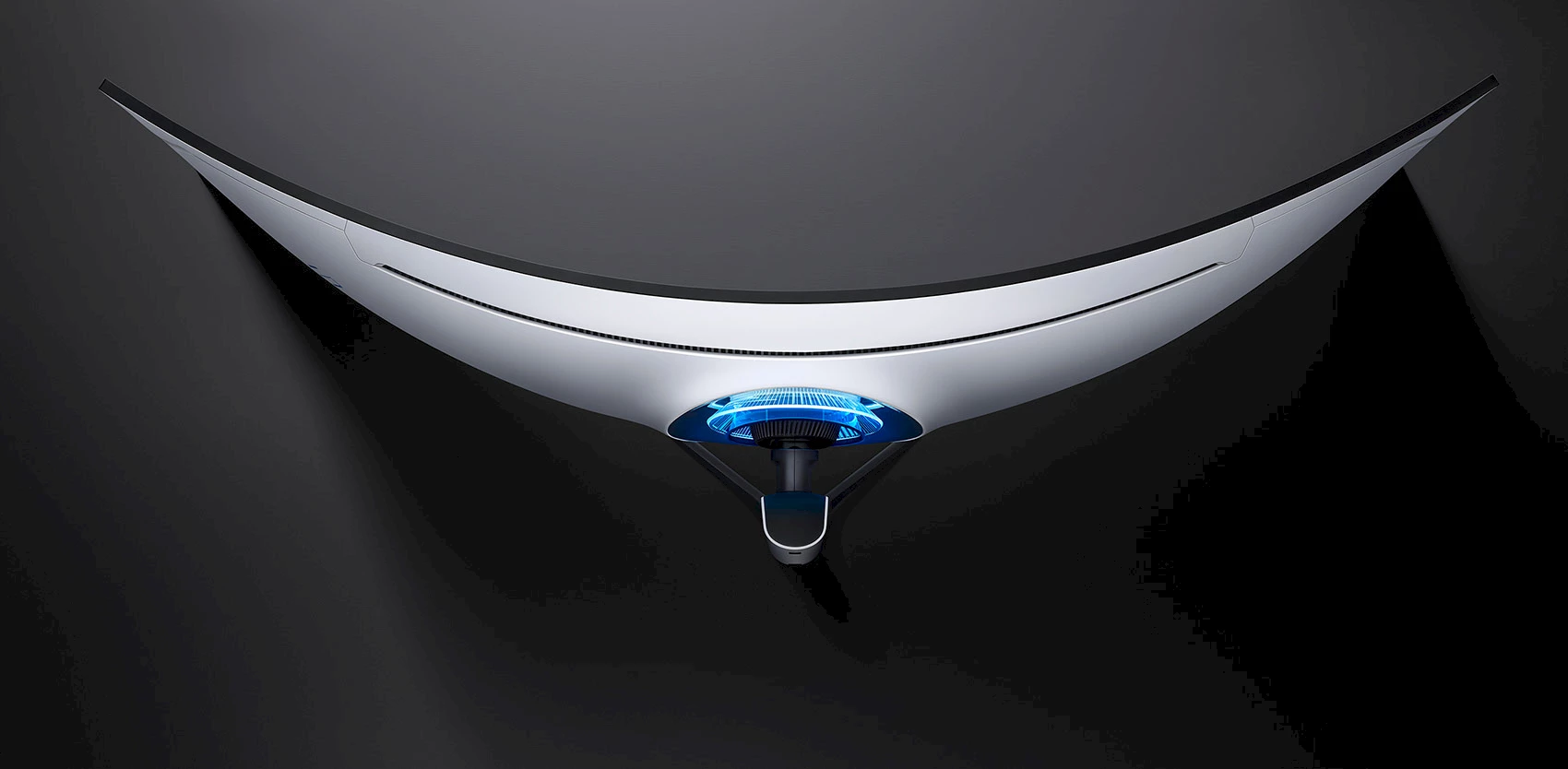
Flood of foldable PCs
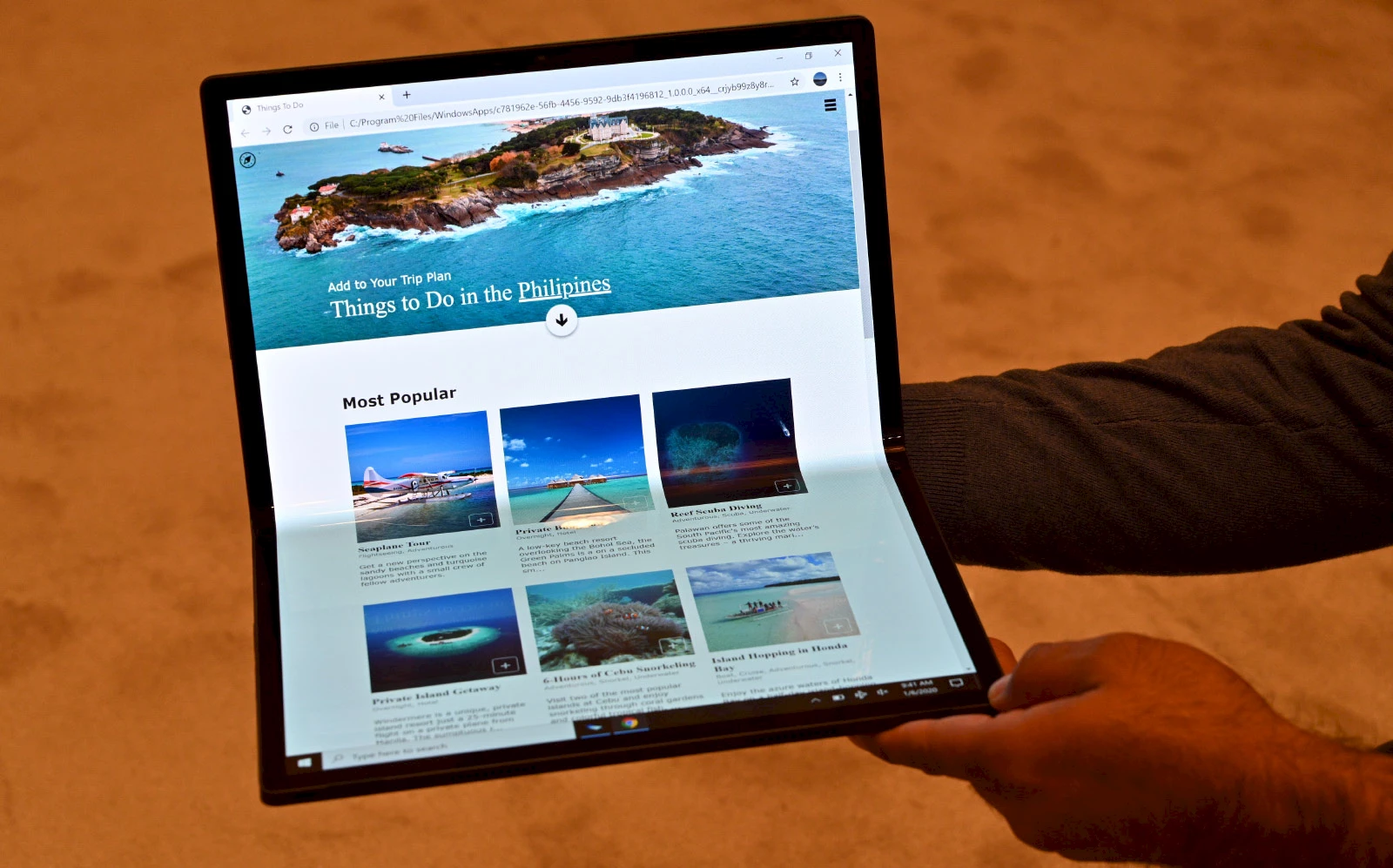
Horseshoe Bend. © Walden Kirsch/Intel Corporation.
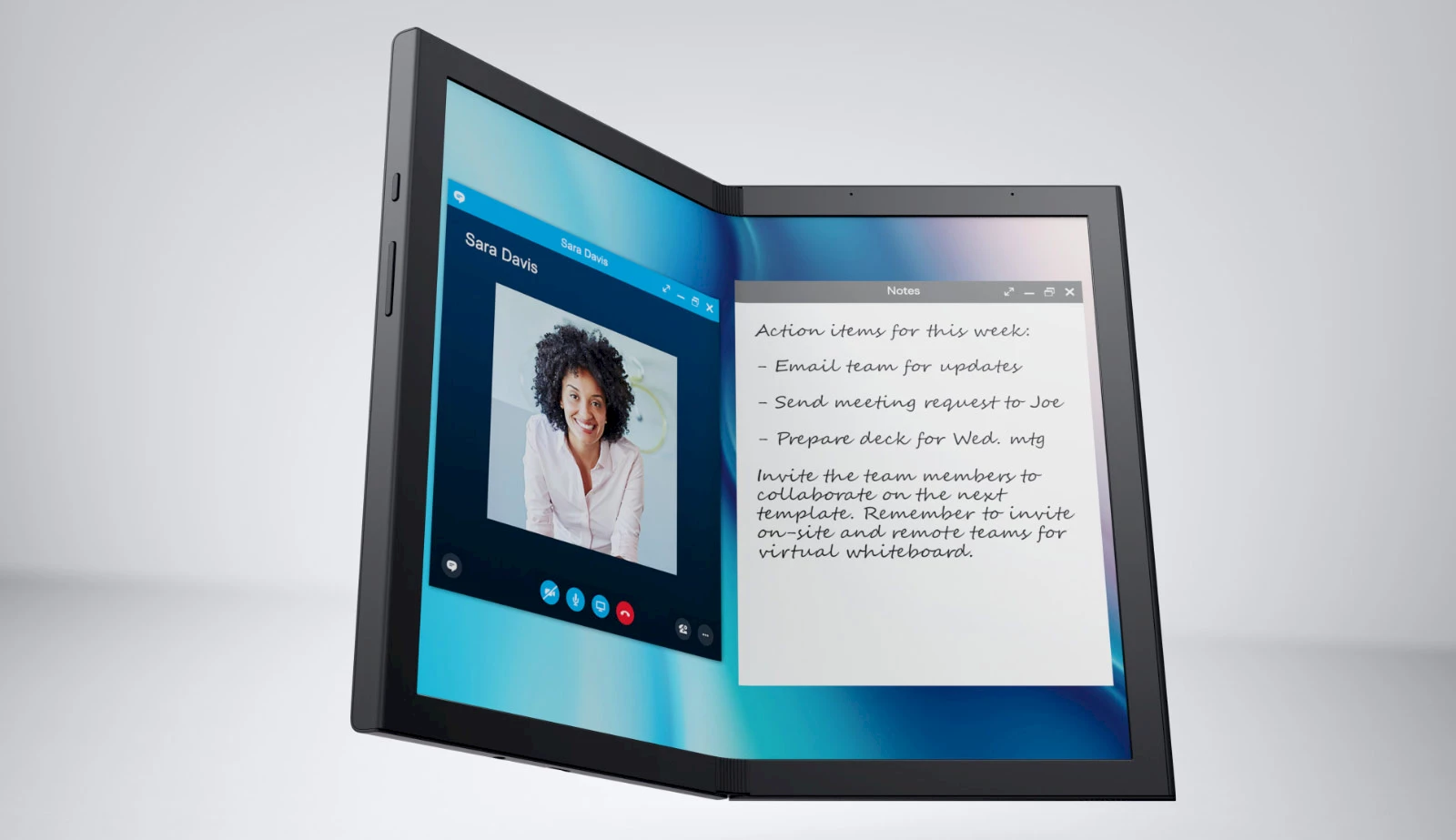
Concept Ori. © Dell.
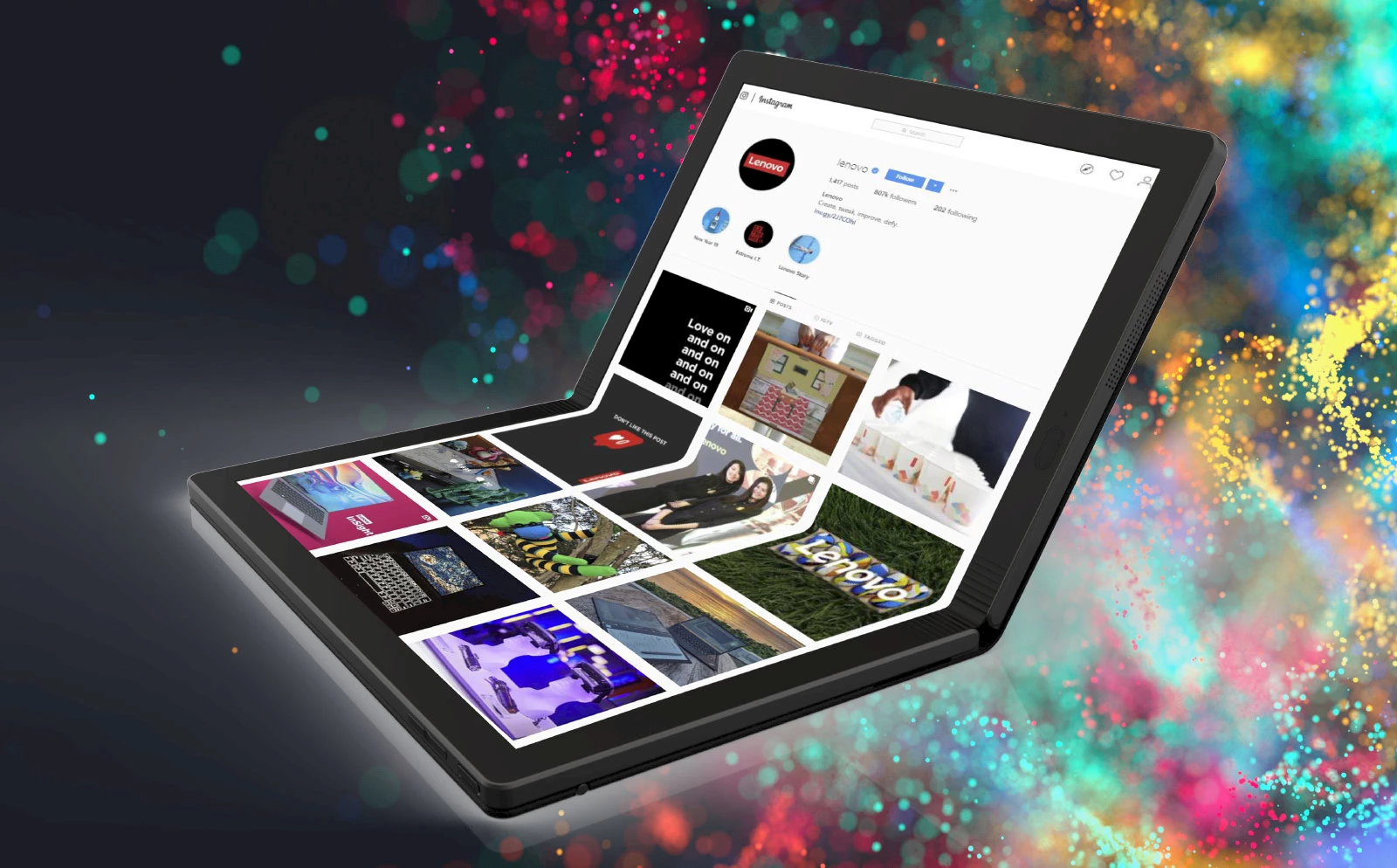
ThinkPad X1 Fold. © Lenovo.
After last year’s folding phone fad, brace for the Windows 10 folding laptop/tablet craze. That’s what it looked like, anyway, at the Consumer Electronics Show in Las Vegas, with the unveiling of Intel’s Horseshoe Bend functional prototype, Dell’s Concept Ori and Lenovo’s ThinkPad X1 Fold. The Horseshoe Bend is a tablet with a 4:3, 17-inch OLED display that folds in half to simulate a laptop computer with a 13-inch touchscreen, which replaces the keyboard and trackpad. The Horseshoe Bend is a “concept” product, designed to inspire builders by demonstrating what can be done with a new line of chips (in this case, Intel’s Tiger Lake). Dell’s Concept Ori is similar, but simpler and smaller, with a 13-inch display. Lenovo’s ThinkPad X1 Fold, unveiled in prototype form in May 2019, has now passed the conceptual phase and is currently in production. It should hit the market sometime this year at a hefty USD2,500. It has a 13.3-inch (2048x1536 px) OLED touchscreen, 8GB of RAM and up to 1TB of storage.
⇨ YouTube, “The future of foldable PCs at CES 2020.”
⇨ The Verge, Sam Byford, “Intel’s Horseshoe Bend concept is a look at the future of foldable PCs.”
⇨ Circuit Breaker, Chaim Gartenberg, “Dell’s Concept Ori and Concept Duet laptops imagine a foldable and dual-screen future.”
⇨ Cnet, Dan Ackerman, “Lenovo ThinkPad X1 Fold: Foldable screens come to Windows tablets.”
Panasonic’s VR glasses
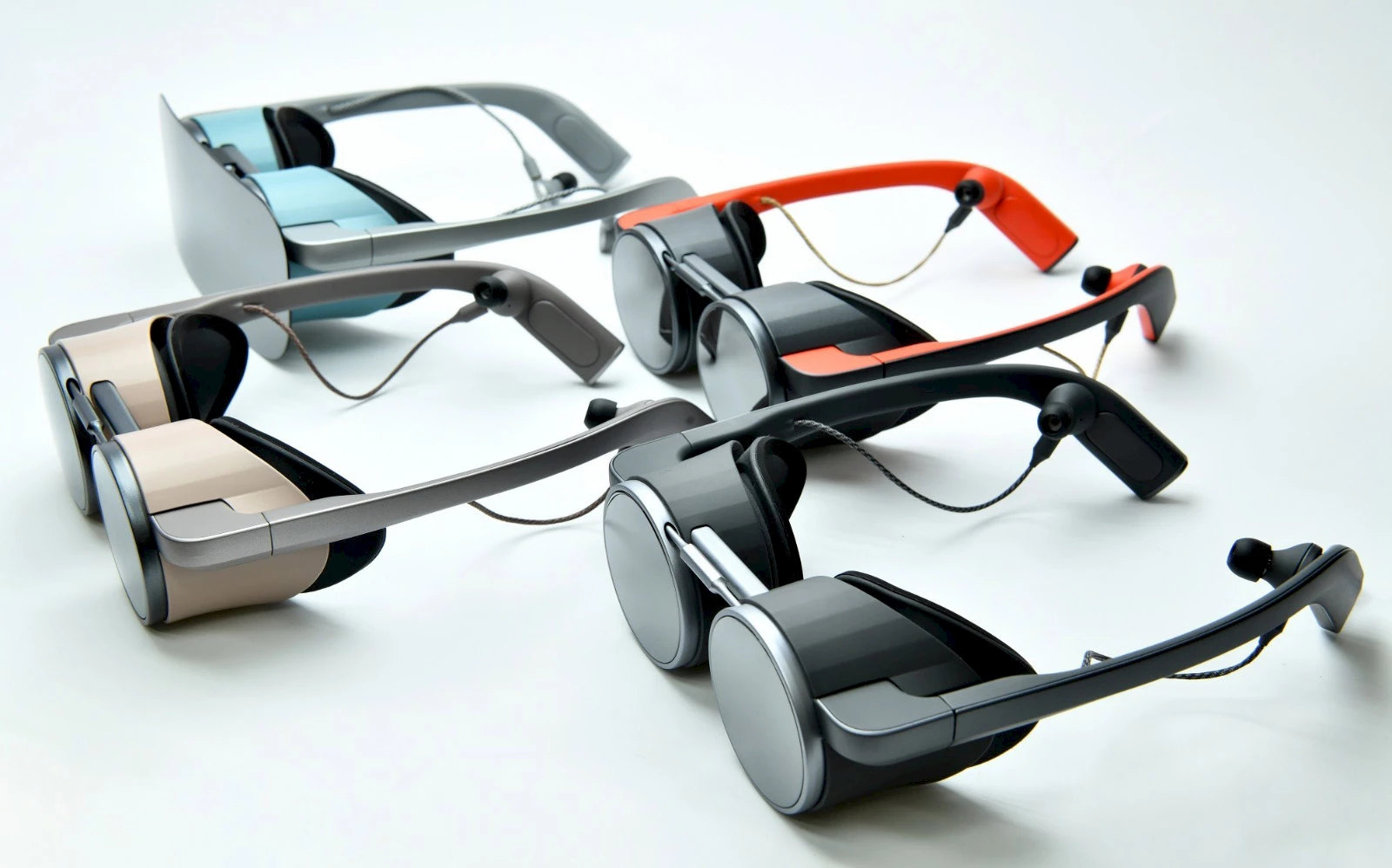
VR glasses. © Panasonic.
Panasonic has unveiled some prototypes of virtual reality glasses that break away from the usual ski goggle design. These very cool steampunk welder’s glasses are also the first to offer HDR (High Dynamic Range) images thanks to ultra-high definition (UHD) micro-OLED panels co-developed by Panasonic and Kopin. And the audio is up to par, with earbuds that provide rich, dynamic sound. Panasonic says the glasses are light and comfortable and don’t require a wrap-around headband, unlike the competition’s products. Unfortunately, it doesn’t look like Panasonic is about to sell the glasses to the general public, pointing instead toward commercial applications. But, at the very least, they could kick-start an industry-wide move to a lighter, more comfortable product that could popularize the VR experience.
⇨ Ars Technica, Kyle Orland, “Panasonic breaks out of VR’s ‘headset’ bubble with fresh ‘eyeglasses’ design.”
⇨ The Verge, Sam Byford, “Panasonic’s VR glasses support HDR and look pretty steampunk.”
You go, Bzigo
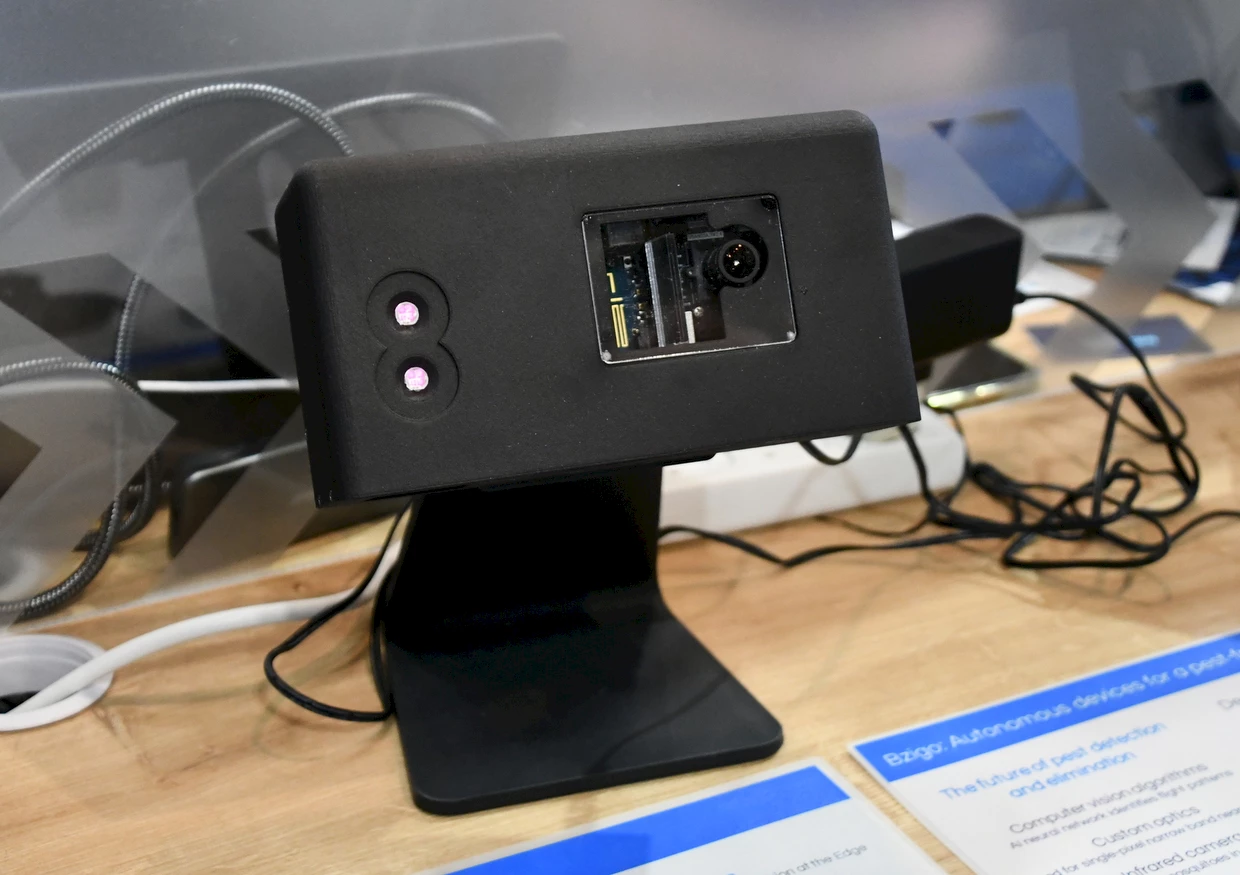
Bzigo. © Evan Ackerman/IEEE Spectrum.
You’ve finally gotten to bed and are about to sink into a delicious dream when you’re yanked back to consciousness by the dreaded, high-pitched drone of a mosquito. You turn the light back on and throw yourself into the task of tracking it down and smashing it mercilessly before, hopefully, getting back to your dream where you left off. The only thing is, finding a mosquito in a room can be like finding a needle in a haystack. Happily, an Israeli start-up stepped up to the challenge and presented its solution at the CES in Las Vegas: the Bzigo. Bzigo’s visual tracking system can reliably spot mosquitoes at distances of up to 8 meters, thanks to a single near-IR (850nm) camera with a pair of IR illuminators and a wide angle lens. Once a bug is detected, an eye-safe laser will follow it until it lands and then draws a box around it for you so you can attack with your implement of choice. Unfortunately, the Bzigo isn’t able to bring the task to its grisly conclusion. We’d like to see it equipped with a laser zapper (maybe dangerous, but cool). Bzigo has raised one round of funding, and they’re currently looking to raise a bit more to fund manufacturing of the device. Once that comes through, the first version of the system should be available in 12-14 months for about USD170.
⇨ YouTube, “Introducing Bzigo - First ever device to detect and locate mosquitoes.”
⇨ IEEE Spectrum, Evan Ackerman, “Bzigo laser system detects and tracks mosquitoes so you can destroy them.”
Odyssey G9
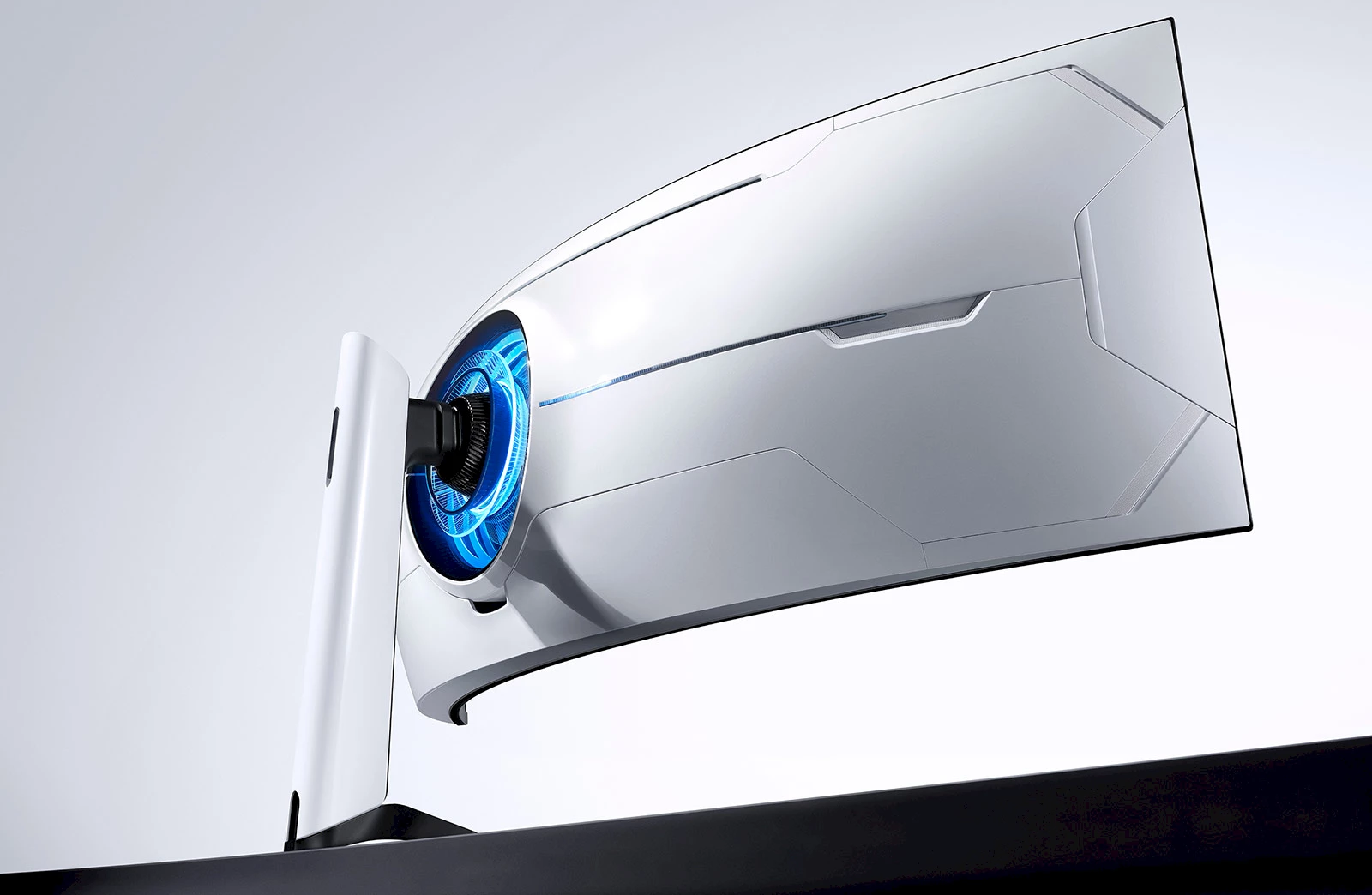
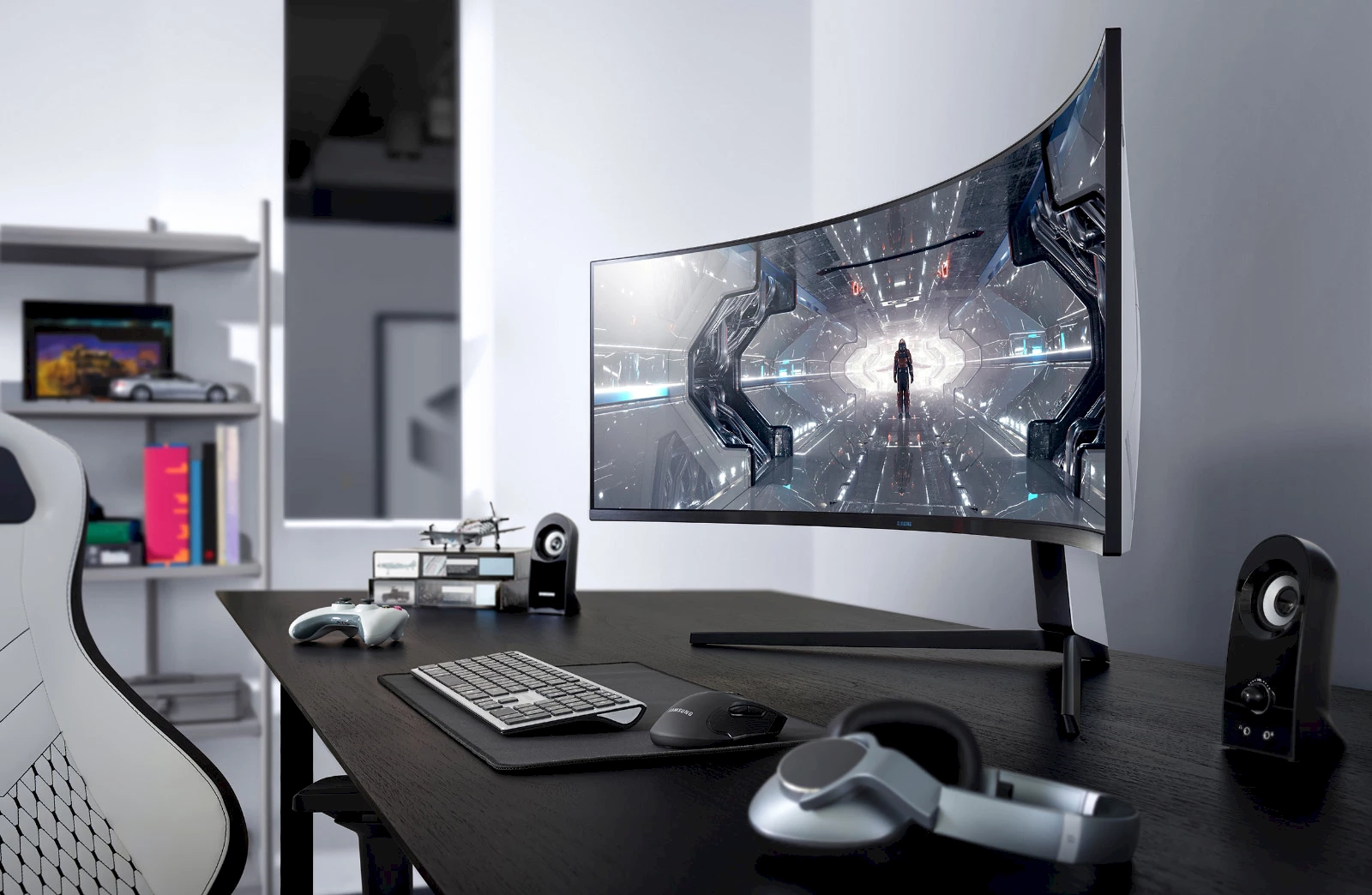
Odyssey G9. © Samsung.
Samsung has unveiled a very curvy, monster monitor 49 inches from corner to corner (1.24m) for gamers. Called the Odyssey G9, it has a resolution of 5120x1440 pixels, a refresh rate of 240Hz and a response time of 1ms. It is compatible with AMD’s FreeSync 2 and Nvidia’s G-Sync. We all want one on our desks! Besides the Odyssey G9, Samsung also announced the G7, a 16:9, 2560x1440px monitor, that comes in 32- and 27-inch versions. Samsung didn’t announce the price or the release date for either of the monitors, but given that last year’s GRC9 cost USD1,300, we don’t expect to be able to afford this one either.
⇨ Circuit Breaker, Chaim Gartenberg, “Samsung’s Odyssey G9 curved gaming monitor is a 49-inch QLED monster.”
Virtual, invisible keyboards for phones
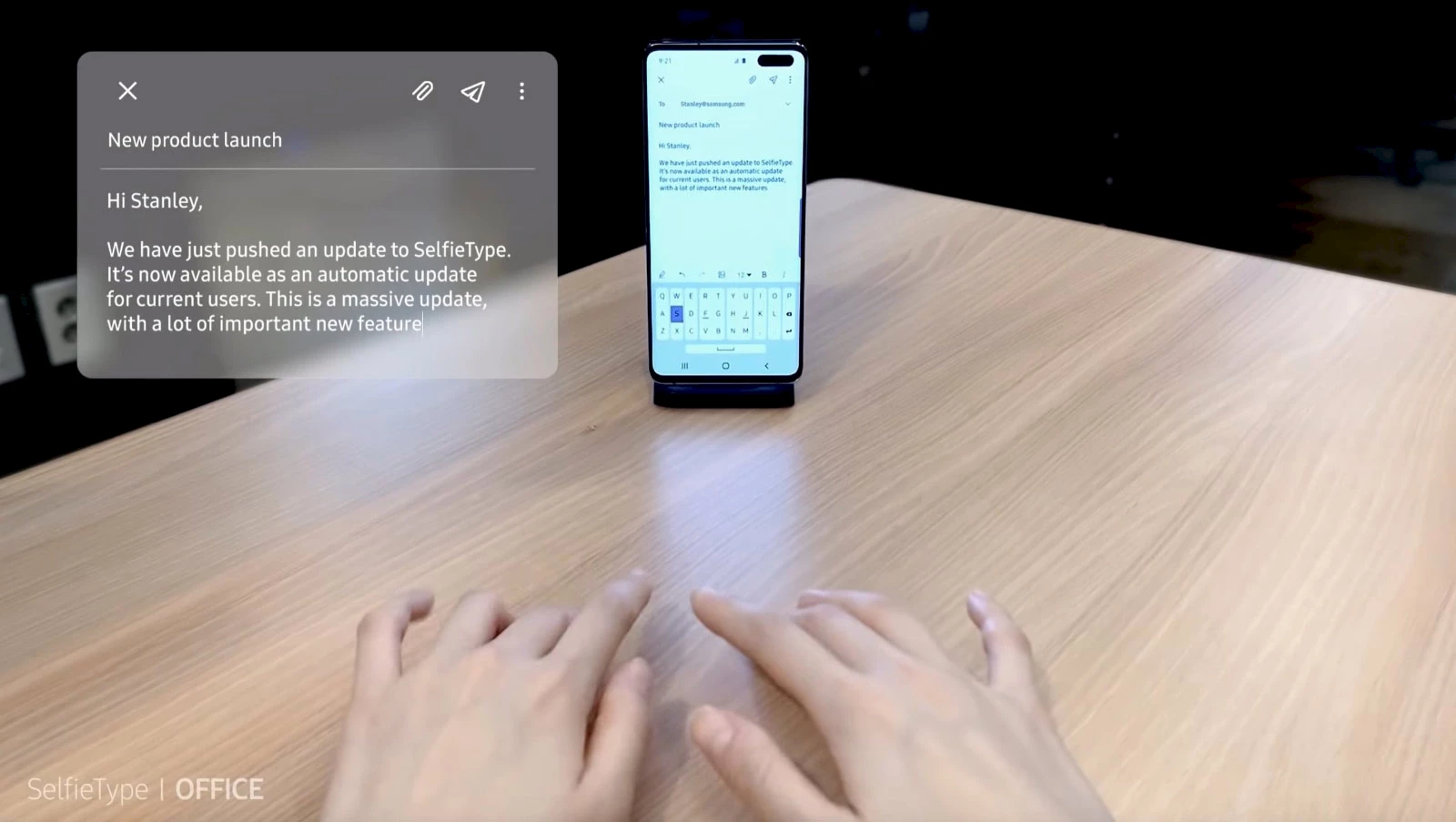
SelfieType. © Samsung.
SelfieType is a virtual keyboard developed by Samsung’s C-Lab that uses your phone’s front camera in tandem with AI to analyze the movement of your fingers as you type on an imaginary keyboard, and convert the information into QWERTY keyboard entries. The system requires no further hardware, and is perfectly suited for various mobile devices such as telephones, tablets and laptops. We had already seen virtual keyboards that used laser technology, but they weren’t terribly successful given that they weren’t reliable at high speeds. The SelfieType is different since it is based on the movement of your knuckles and not on the spot your fingertips land on. Samsung hasn’t said whether the technology would come to your telephone any time soon.
⇨ YouTube, “SelfieType.”
⇨ Cnet, Daniel Van Boom, Andrew Hoyle, “Samsung’s SelfieType creates a magic, invisible keyboard for your phone.”
